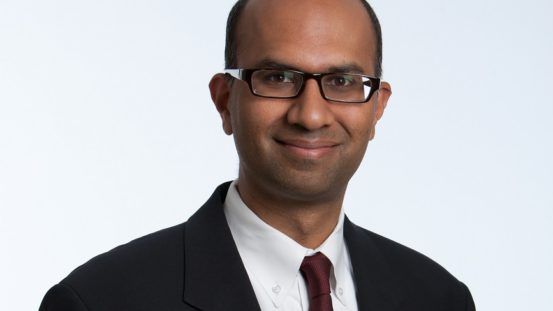“The first and foremost sign is generally a deterioration of earnings with unexplained changes in financials,” Bommi told sister publication Fund Selector Asia. He would then analyse the industry to see if peer companies are undergoing something similar. “That’s when you would start reducing risks within that industry.”
Another red flag would be an abrupt senior management departure. “Not if someone retires and is 75 years old, but something like a CFO leaving in the middle of a quarter.”
Bommi said that once red flags are detected, the decision to sell is made immediately. “As you wait for more signals, the price doesn’t stay the same. You are selling at lower and lower levels.”
He gives the example of two of the largest bankruptcies of the last few years, the former Texas power company TXU and casino operator Harrah’s Entertainment (which later became Caesar’s Entertainment). He said that his firm’s Ucits US high yield fund, launched in 2006, exited those names about two years before the actual defaults.
“Early red flags were high leverage combined with slower than expected cash flow growth. That led us to sell early, as we worried that if it persisted the company would be unable to repay their debt.”
The firm’s US high yield fund institutional share class (launched in 1997) has had only one default in the portfolio, which happened fifteen years ago and was a case of fraud, Bommi said.
“When you can’t trust the audited numbers it’s best to sell.”
To avoid surprises, the manager doesn’t invest in companies that have been through less than 10 years of a business cycle. “Because you want to see how the company has done in, let’s say, a recession, which is what a lot of times causes a default cycle.”
He also sees excessive risk in companies that are highly cyclical with high fixed cost and high leverage. “Because if you run into an economic downturn then they are not able to adjust costs”.
Also, the manager avoids companies where one or two customers account for more than 50% of sales because “there have been enough situations where one customer leaves and the company goes bankrupt”.
“Sometimes companies could default very, very quickly. But my experience has been that it plays out over a multiple year period. The opposite is very rare.”

Source: FE. Fund NAV and index converted to Euros. Results are for the share class available for sale in Europe. The fund has four co-managers, Russ Covode, Thomas O’Reilly, Dan Doyle, Patrick Flynn







